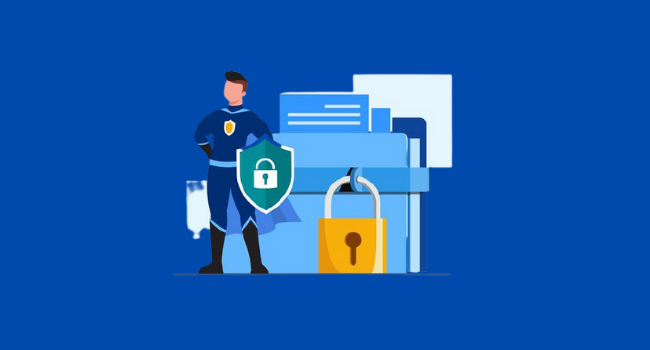Cyber resilience refers to a computer system’s ability to prepare for, respond to, and recover from cyber-attacks. With data breaches and cyber attacks happening now more than ever, any organization needs to be prepared to safeguard their data and ensure continuity even after a cyber attack.
The following are some of the best possible ways to improve your firm’s cyber resilience.
1. Evaluate your business risks
Before embarking on any remedy plans, it’s important to identify all the risks your business is exposed to internally and externally.
Internal risks
Some of the internal risks involve faults in the business operations. This can be caused by compromises from some of your staff who might have shared very private information about the company.
This can be avoided with the management ensuring the business has a strict authentication process to eliminate unauthorized personnel’s chances of accessing classified information.
External risks
External risks that your business could be exposed to include negative public opinion, poor service delivery, and violation of regulations. These are things that might make a section of people want to harm your business.
It’s advisable to ensure good customer service and adherence to all laws and regulations.
2. Create a response team
Having a response team ready can be very helpful when it comes to responding to attacks. Ensure this team is well trained and all members have specific roles that they need to conduct.
With the right communication plan, this team can save your business operations and help you recover from any data breach in the shortest time possible.
3. Create a backup plan
In the event of a cyber-attack, you want to ensure the continuity of your business. Any data breach, whether it’s brought about by malware or hacking, can leave your data compromised.
For this reason, it’s important to have reserved copies of all the important business data. This ensures that you get clear copies of your data just as it was before an attempted data breach.
4. Install security patches and advanced antivirus
Security patches are meant to update or fix any bugs within your computer systems, and they can be crucial in safeguarding them. Through security patches, you’re able to identify and fix all the vulnerabilities that might attract hackers.
By having advanced antivirus software, you can protect your computer systems from viruses that might evade other ordinary solutions.
5. Test recovery strategies and identify areas for improvements
Running simulations is necessary to identify any loopholes that attackers might prey on. Testing all your recovery strategies also gives you the chance to improve on anything that might be used against you by attackers.
Your response team can use this as a lesson in their preparation to tackle real cyber attacks in the future.
Traditional computer security measures are no longer enough to protect systems from cyber attacks. For this reason, it’s important to respond and learn how to recover from these security breaches in the shortest time and with fewer losses.
Also Read:
